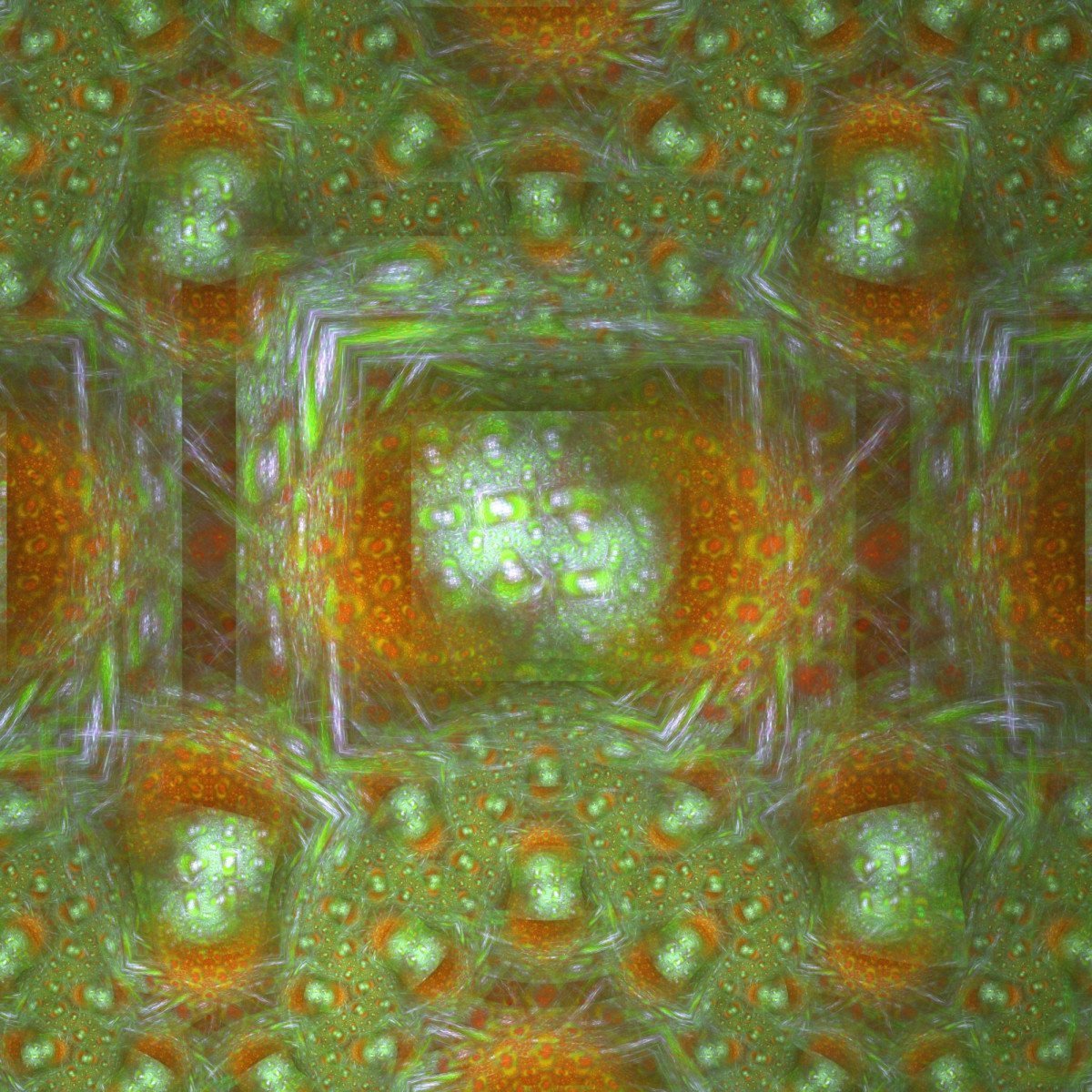I was observing a pebble one afternoon. Have you ever taken a moment to appreciate the peculiar elegance of a pebble? Silly as it might sound, I beheld this pebble with an artist’s eye, drinking in every detail. Its rough demeanor that wrestles with the fluidity of light, the nuances of texture painting a fantastical world upon its surface. Like the pebble, the world of photography shares a similar kinship with texture. The power to make the intangible tangible, to translate the unseen into a panorama of visual delight.
According to research, about 65% of people are visual learners, meaning that the majority of us respond more effectively to visual data than plain text. This can be monumental in the arena of photography, where every minute detail, especially texture, comes together to weave the magic we perceive. The manipulation of texture within images has the potential to create layers of depth, propelling photographs from mundane to magnificent through a natural light infused spectacle.
Now, you might be asking, ‘What is texture in an image really?’ Let’s break it down. Imagine you’re at home, trying out a new spaghetti recipe you stumbled upon. Now, let’s say your favorite song begins to play. I know exactly what it is; I see that smile occurring. It’s like you’re in a whole different world, isn’t it? That feeling, that ‘vibe’ accompanies the texture in images. It’s that extra layer of emotional response, the seasoning that breathes life into an image.
In contrast, imagine a flat, unseasoned plate of spaghetti under dull lighting. It’s pretty lackluster, right? This is like an image without texture — it simply doesn’t speak to our senses in the same way. We want to give our audience that ‘taste’ of dimension and tactility, even through a two-dimensional medium. It’s a matter of understanding what exactly alters texture within an image. Isn’t this quite an artistic challenge?
‘How does one quilt texture into their images’, you might wonder. The answer lies in the interaction between light, surface, and perspective. It’s like a love triangle, each affecting and influencing the other. ‘But isn’t light the same for all images?’, I hear you query. Think again! In practice, light can be as varied as the themes in our photos. Think of the difference between an early morning sun shower and the glow from a single candle in the dark. Each provides a unique canvas for the texture to shine.
Another key tool is the very lens through which we capture our world. Different lenses can drastically modify how texture emerges in an image. A wide-angle lens, for example, may flatten textures, while macro lenses magnify even the tiniest surface details. Now, isn’t that something to play with?
Moreover, bear in mind the role of perspective. A change in viewpoint can drastically alter the visual texture of a subject. We can observe the bark of a tree from afar, giving us an overall rough texture. But up close, we might see a galaxy of details – grooves, cracks, and the interaction of light and shadow dancing around its surface. Pretty riveting, isn’t it? I bet you’re already dreaming up new ways to experiment with texture in your images!
As we move forward, let me offer you a slice from my own journey. When I first set my focus on mastering texture, I felt like a child lost in a carnival, fascinated yet overwhelmed. Over time, I perfected the art of working with texture and unraveled an entirely new realm of visuals that transformed my photography into storytelling. Now, it’s your turn to embark on this creative expedition.
I want to leave you with this thought: In artistry, we are limited only by the boundaries of our imagination. How will you push those boundaries using texture in your work? So, go ahead, explore, and let your camera lens touch the world around you in a way none have before. Who knows, you might just create the next masterpiece!


0 Comment